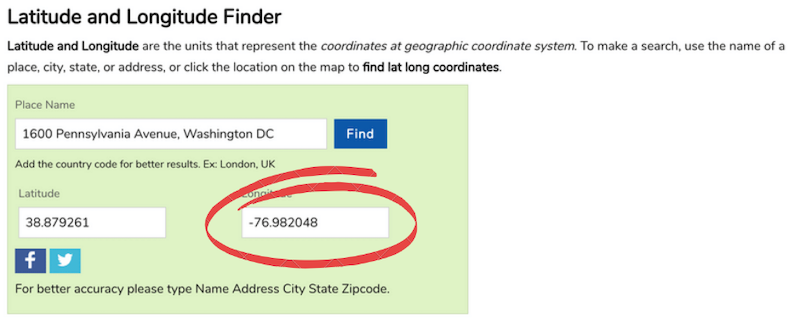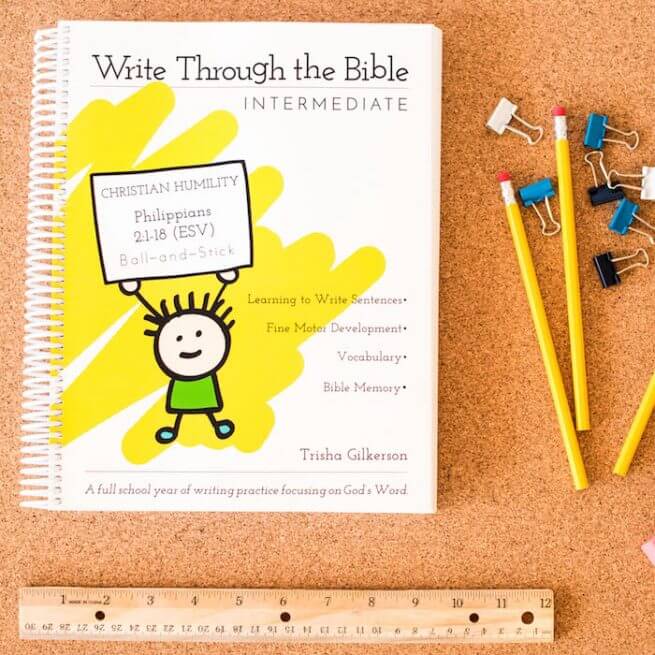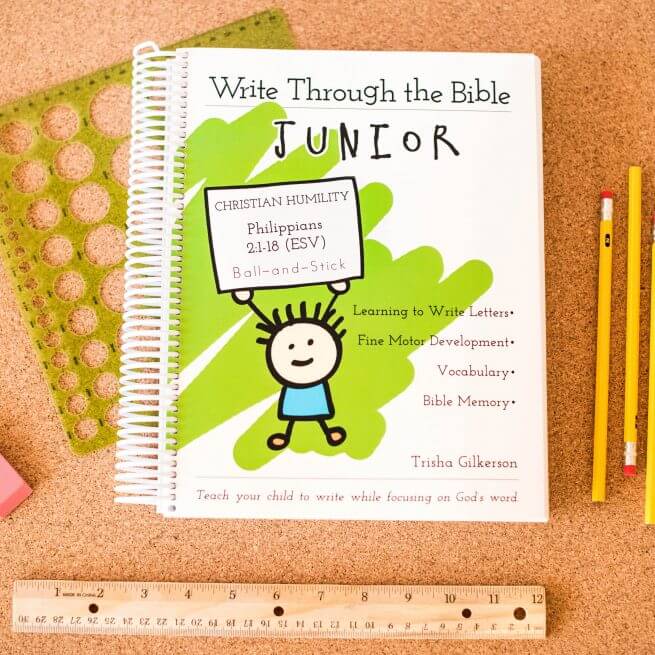Building a backyard compass with your kids may be one of the most vivid ways to help kids understand how the lights in the sky organize our everyday lives.
I get it—finding direction using the lights in the sky is probably one of the most old fashioned Boy-Scoutish activities I can think of, and perhaps in our GPS age, it might seem like an outdated skill.

But even in our technologically sophisticated age, there are some timeless realities that are as true today as they were for our ancient forefathers. A day is still a day. A year is still a year. We still operate our lives on the predictable patterns of day and night. Our clocks and calendars still have a basis in the movements of the sun in the sky.
Astronomy, unlike any other science, does a great job connecting us to the past—to ancient societies that organized their live around the lights they saw in the sky, just as God said they should:
God said, ‘Let there be lights in the expanse of the heavens to separate the day from the night. And let them be for signs and for seasons, and for days and years. (Genesis 1:14)
You can use the video below as well as the written instructions to help you understand how to build a backyard compass with your kids.
Steps to Building a Backyard Compass
Step #1: Figure out “high noon” for your location
“High noon” is the time of day when the sun is directly at the meridian (the line that divides the sky into east and west halves). It’s midpoint between sunrise and sunset.
Why is that important? Because at that point, the sun is due south. This will help you make your compass.
1. Find your longitude number. Go to latlong.net and enter your street address.
If the number is positive, it means you live to the east of the Prime Meridian. If the number is negative, it means you live west of the Prime Meridian. (The Prime Meridian is that rather arbitrary line on the globe running through the Royal Observatory in Greenwich, England, which has a longitude of 0°.)
If you number is negative, take away the minus sign. So, for example, if your longitude number is -76.982048, then your longitude is 76.982048° W.
2. Find your time zone’s high noon. There is a longitude line in your time zone where high noon and “clock noon” are the same. On that longitude line, the sun is at the meridian at exactly 12:00 noon. We could call this your time zone’s “high noon line.” So your next step is to find out how many degrees east or west you are of that line. Here’s how you do that.
- If you live in the Eastern time zone, subtract 75 from your longitude number.
- If you live in the Central time zone, subtract 90 from your longitude number.
- If you live in the Mountain time zone, subtract 105 from your longitude number.
- If you live in the Pacific time zone, subtract 120 from your longitude number.
- If you live in the Alaskan time zone, subtract 135 from your longitude number.
So, in our example, the Eastern time zone’s “high noon line” is at 75° W. The number we calculated for our location was 76.982048° W, and when we subtract 75 from this, we get a number of 1.982048.
3. Multiply your number by 4 and round to the nearest whole number. Why? Because the sun moves one degree longitude every 4 minutes.
In our example, 1.982048 x 4 = 7.928192. Rounded to the nearest whole number, that gives me 8.
4. Calculate your local high noon. If your number is positive, you live to the west of your time zone’s high noon line—which means your local high noon is some time after clock noon. If your number is negative, you live to the east of your time zone’s high noon line—which means your local high noon is sometime before clock noon.
In our example, we ended with a number of 8. So this means my local high noon is 8 minutes after 12:00 noon, or at 12:08pm.
5. Adjust for Daylight Saving Time. If you are currently on DST, add one hour to your total. In our example, this means my local high noon during Daylight Saving Time is 1:08pm.
Step #2: Build Your Backyard Compass
Now that you know the time of high noon for your home, you are ready to build your compass.
1. Pick the perfect spot. Pick a spot in your yard with as wide a view of the sky as possible—preferably where trees or tall buildings aren’t directly in the way.
2. Place your shadow stick. Place a stick into the ground about 1 foot long. Make sure it is sticking up as straight as possible. Use a level to make sure.
3. Mark the shadow. At exactly high noon for your address, look at the shadow cast by the stick and place another stick in the ground at the tip of the shadow. Why? Because the line the shadow makes on the ground is pointing away from the sun, which is, at that very moment, due south. This means the shadow is pointing due north.
4. Build your compass. Using a yard stick or a long straight edge, use the line between the first stick and the second stick to create a straight line about 3 feet from the first stick. Place a stick there in the ground. Continue the line in the opposite direction and place another stick 3 feet behind the center stick. Then draw a perpendicular line from this line, measuring 3 feet to the right and to the left of the first stick. Place sticks at those points.
You may want to replace your sticks with something more permanent like paver stones. Mark the paver stones with letters corresponding to the cardinal directions: North, South, East, West.
More Activities Like Building a Backyard Compass…
This is just one of the many outdoor activities used in the full-school-year online high school course, Experience Astronomy. In the Advanced course, students…
- Practice identifying over 30 major constellations and star formations in the sky—through weekly outdoor observations.
- Learn how to build their very own sundial that works perfectly for their home
- Build a model of Stonehenge as they learn how that ancient monument lined up with the sun and the moon—as well as how 13 other ancient monuments around the globe were designed with the sky in mind.
- Research everything from space probes to moon-walkers to deep space images.
- And many more projects
Check out Experience Astronomy — we have levels for all ages!












Leave a Comment